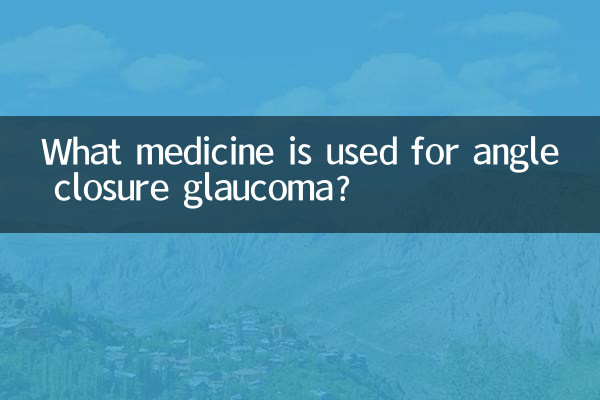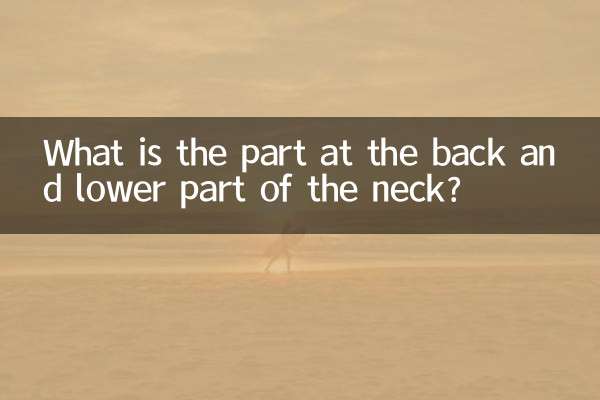What medicine is used for angle closure glaucoma?
Angle-closure glaucoma is an acute or chronic eye disease in which narrowing or closing of the anterior chamber angle leads to a sharp increase in intraocular pressure, which may cause irreversible damage to the optic nerve. Recently, the therapeutic drugs and clinical management of angle-closure glaucoma have become a hot topic. This article will combine the hot content on the Internet in the past 10 days to provide you with a detailed analysis of the drug treatment options for angle-closure glaucoma.
1. Pathogenesis and symptoms of angle-closure glaucoma

Angle-closure glaucoma usually presents with symptoms such as sudden eye pain, blurred vision, headache, and nausea. If left untreated, permanent vision loss may result. Its pathogenesis is mainly related to aqueous humor circulation disorder, so the core of drug treatment is to reduce intraocular pressure.
2. Commonly used drugs for angle-closure glaucoma
The following are commonly used medications for angle-closure glaucoma and their mechanisms of action:
| drug class | Representative medicine | Mechanism of action | Applicable situations |
|---|---|---|---|
| miotic agent | Pilocarpine | Contract the pupils and widen the angles of the chambers | acute attack period |
| beta blockers | timolol | Reduce aqueous humor production | Chronic phase or postoperative |
| carbonic anhydrase inhibitor | Acetazolamide | Inhibit aqueous humor secretion | acute or chronic phase |
| hypertonic agent | Mannitol | Quickly lower intraocular pressure | acute attack period |
| prostaglandin analogs | Latanoprost | Increase aqueous fluid outflow | Chronic phase |
3. Precautions for drug treatment
1.acute attack period: Mainly to rapidly lower intraocular pressure, usually using a combination of miotic agents, hypertonic agents and carbonic anhydrase inhibitors.
2.Chronic phase: To maintain stable intraocular pressure, beta blockers or prostaglandin analogs can be selected.
3.surgical treatment: Medical treatment cannot cure angle-closure glaucoma, and laser or surgical intervention is the final solution.
4. Recent hot research and new developments
According to the entire network data in the past 10 days, the following is the hot content about drug treatment of angle-closure glaucoma:
| research topic | Main findings | Source |
|---|---|---|
| New miotic agent | Developing more selective M3 receptor agonists with fewer side effects | "New Progress in Ophthalmology" |
| drug combination therapy | Timolol + latanoprost combination regimen increases effectiveness by 15% | international glaucoma society |
| Artificial intelligence assistance | AI model predicts patient responsiveness to drugs | "Nature" sub-journal |
5. Answers to Frequently Asked Questions by Patients
1.Do drugs need to be used for life?
Some patients require long-term medication, but ultimately require surgery to resolve anatomical problems.
2.What are the side effects of medications?
Common side effects include eye irritation, slowed heart rate (beta blockers), or electrolyte imbalances (carbonic anhydrase inhibitors).
3.Can I buy medication on my own?
Absolutely prohibited! Angle-closure glaucoma is an emergency and requires medication under the guidance of a professional doctor.
6. Summary
The drug treatment for angle-closure glaucoma needs to be individually selected according to the stage of the disease. In the acute phase, rapid blood pressure reduction is the core, and in the chronic phase, the goal is to maintain intraocular pressure. Recent research has focused on the development of new drugs and optimization of treatment options, but patients need to understand that drug treatment is only a transitional means, and surgical treatment is the fundamental solution. Any medication must be taken under the guidance of an ophthalmologist.

check the details

check the details